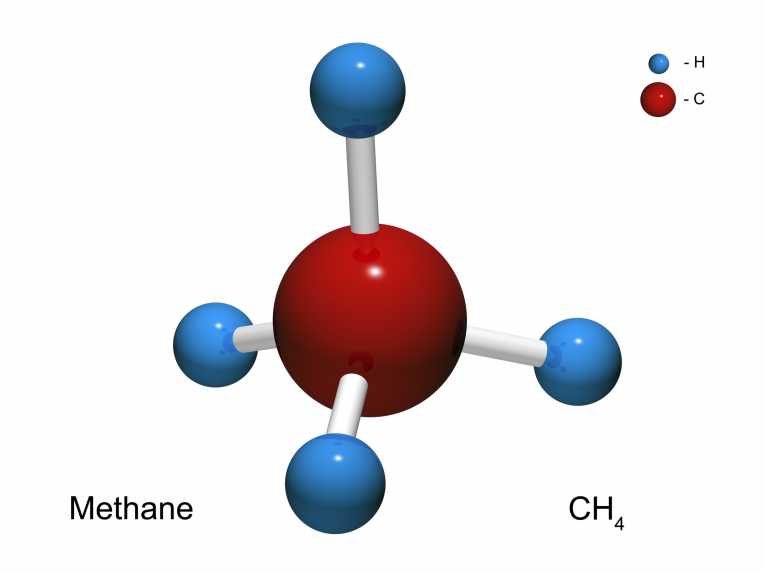Scientists cast doubt on claims microbes consumed much of the Deepwater Horizon methane plume
All organic life on earth utilises carbon as a nutrient. Some bacteria are able to ingest methane, the simplest hydrocarbon, to satisfy this need, in part at least. Methane consuming bacteria are known as methanotrophic organisms and can exist in seawater.
In addition to the crude oil pollution, the Deepwater Horizon disaster was estimated to have released 1010 moles of methane into the ocean between June and September 2010 (a mole of methane weighs 16g meaning that the release was of the order of 16000 tons of methane) – more methane than the entire Black Sea releases each year.
Scientists at Texas A&M University (John Kessler) and The University of California at Santa Barbara (David Valentine) generated widespread media interest when they published their findings, based on marine monitoring at 207 stations and modelling, that the methane plume had been consumed by bacteria in the Gulf of Mexico within 120 days of the spill.
The growth of a methanotrophic bacterial bloom was attributed with a depletion of oxygen in the water column. The bacteria require oxygen to grow. The article was published in Science this January (Science 331, 312(2011)). Their conclusion was recently challenged in a technical comment co-authored by a group of 17 authors from the USA and Germany (Science 27 May 2011: 1033).
The lead author of the technical comment was Samantha Joye at the University of Georgia. The group points out that there are large uncertainties in the relevant hydrocarbon inputs in the Gulf disaster; difficulties in linking oxygen abnormalities to methane consumption (confounding variables); problems interpreting rRNA gene libraries and shortcomings of the model used to estimate the temporal dynamics of methane oxidation (consumption).
Recent estimates of hydrocarbon discharge in the disaster would lead to oxygen demand up to an order of magnitude higher, had the hypothesis been correct. In addition, relief-well drilling and remediation efforts led to introduction of methanol in deep waters in the Gulf making accurate carbon budgeting and oxygen and methane mass balance all but impossible.
Joye et al point out that other studies have suggested that natural seeps of methane are not consumed to a significant extent by methanotrophs. ''A range of data exists that shows a significant release of methane seeping out at the seafloor to the atmosphere, indicating that the microbial biofilter is not as effective. Importantly for the future of the planet, there is even less evidence for a strong biofilter of methane hydrate destabilized in the shallow Arctic settings. Our goal is to understand what happened to the methane released from the Macondo (Deepwater Horizon) discharge and in the larger framework, to better understand the factors that regulate microbial methane consumption following large-scale gas releases. I believe there is still a lot to learn about the environmental factors that regulate methane consumption in the Gulf's waters and elsewhere'' Joye said.
Top Image: Methane Molecule Credit: © Vasilyev Dmitry










